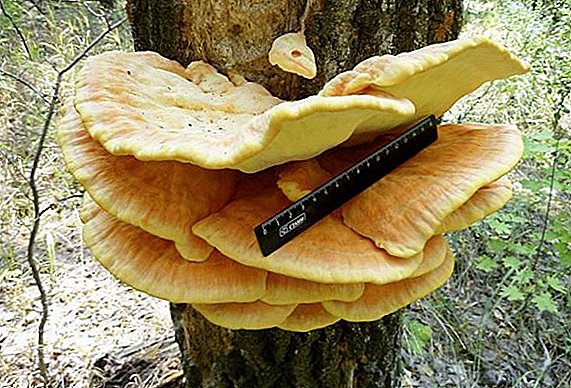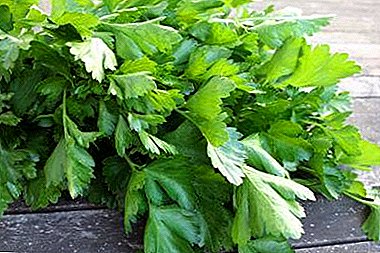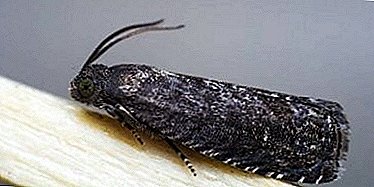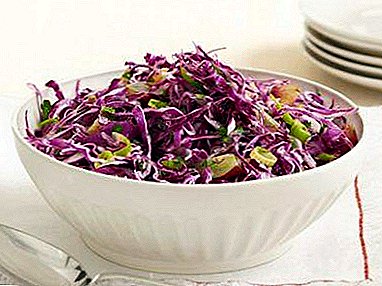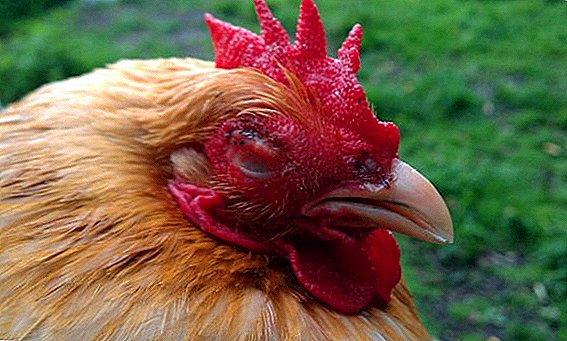 Chickens, like other birds, also get sick. Diseases of the respiratory species among birds are most dangerous, since even one sick individual can infect everyone else for a short period of time. Most often from respiratory diseases chickens suffer from mycoplasmosis. Consider what constitutes this disease, and how to deal with it.
Chickens, like other birds, also get sick. Diseases of the respiratory species among birds are most dangerous, since even one sick individual can infect everyone else for a short period of time. Most often from respiratory diseases chickens suffer from mycoplasmosis. Consider what constitutes this disease, and how to deal with it.
Disease characteristic
Mycoplasmosis is a common cold that affects various types of poultry. The development of the disease is rather slow, the average incubation period lasts up to 3 weeks. All livestock can become infected in a short period of time, since even birds that have already recovered are a source of infection for a long time, which is released into the external environment. On top of that, the eggs that laid such layers are able to spread the infection throughout the chicken coop. 
Important! Most often mycoplasmosis sick broilers. This is due to the fact that their immunity is weaker due to the high growth rate and flabby constitution. Mortality as a result of this disease in them increases to 30%.
Causes of the disease
Often this disease occurs in the "bouquet" with other bacterial and viral diseases, and inappropriate conditions for the maintenance of birds contribute to its development: poor ventilation, poor sanitation in the hen house, overcrowding of birds.
Chicken diseases - their description and treatment.
The causes of the disease can be the following factors:
- The main culprit for the spread of mycoplasma is the bird itself, which is sick and at this time coughs or sneezes, and also uses food or water from common feeders and drinkers.
- The first of all the livestock birds grow roosters and become carriers of this infection.
- Chickens begin to hurt even at the stage of the embryo, infected by a sick chicken.
- Weak immunity as a result of fighting other diseases or at an early age makes the bird vulnerable to the disease.
- A sharp cooling and, as a result, a weakened organism becomes a target for bacteria mycoplasmosis.
- Strong stress or fright can also lead to health problems.

Symptoms and signs of the disease
The course of this disease is quite complex and strongly affects the state of immunity, besides, the longer the bird is sick, the less chance of its recovery. The percentage of disease in young individuals is higher than in adults. In general, the symptoms, subsequent treatment and the course of the disease itself depend on the age of the chicken, the resistance of the organism and the natural immunity.
Find out what is dangerous and how to treat diseases of chickens such as: colibacteriosis, pasteurellosis and Newcastle disease.
Respiratory mycoplasmosis causes the following symptoms:
- difficult breathing, coughing and even wheezing;
- lack of appetite and, as a result, weight loss;
- discharge of nasal fluid gray;
- increased tearing of the eyes or their suppuration;
- a state of lethargy and some inhibition;
- delay in chick growth.
Did you know? The number of domestic chickens in 3 times the number of people on the planet.
Diagnostics
Since the symptoms are similar to the common cold or bronchitis, only a specialist can make a correct diagnosis. He can do it after taking tests in the following ways:
- A blood test, namely its serum, using an agglutination test.
- Smears of secretions using a Petri dish, which is filled with agar.
- Polymerase reaction. This method helps to determine the possibility of the appearance of the disease before it begins.

Treatment methods
Only a specialist can choose the right treatment. He does this after identifying an infection and making a diagnosis. The priority action should be quarantine sick birds.
Purchased funds
In order to cure this disease, it is necessary to apply highly targeted antibiotics: Farmazin (1 g per 1 l of water), Enroxil (1 ml per 1 l), Tilmikovet (3 ml per 1 l) or Tilsol-200 "(2.5 g per liter). These drugs treat all birds, regardless of the presence of symptoms of the disease. A solution of any of these funds is given to birds based on the daily water demand of the entire population (200-300 g per 1 bird). The course of admission is 5 days.
It will be interesting to know what vitamins chickens need for laying eggs.
Good results are shown by therapy in which two drugs are combined: "Furacycline" and "Immunobak". The dosage of the first is 0.5 g per 1 kg of live weight, and the second is given at the rate of 3 doses per 1 individual. The composition is administered through the beak twice a day. Reception course - 5 days.  When the symptoms do not allow to make a correct diagnosis, and saving the bird is necessary, treatment can be carried out with complex antibiotics, whose effectiveness has been tested against many viruses and bacteria. The treatment lasts at least a week (feeding) and is done by the following means (optional):
When the symptoms do not allow to make a correct diagnosis, and saving the bird is necessary, treatment can be carried out with complex antibiotics, whose effectiveness has been tested against many viruses and bacteria. The treatment lasts at least a week (feeding) and is done by the following means (optional):
- "Eriprim" (1 g per 1 liter of water).
- "Macrodox-200" (1 g per 1 liter).
- "Tilodox" (1 ml per 1 l).
- "Gidrotriprim" (1-1.5 ml per 1 liter).
Important! During the use of antibiotics can not eat eggs or meat of sick birds. This can be done a week after the completion of the course of taking the drugs.
Folk methods
Farmers who have already encountered similar problems claim that it is impossible to cope with mycoplasmosis without the use of antibiotics. The only way to increase immunity as a result of a sharp cooling or other causes is feeding of birds with goat milk. It will not cure them, but a strong immunity will be able to suppress the symptoms, the disease will go into a chronic stage and will cease to infect other birds. Herbal preparations (St. John's wort, meadowsweet, cornflower, chamomile, corn silk) can be used as aids. 
Prevention
Mycoplasmosis is a disease that is better preventable than trying to cure. Therefore, it is important to pay due attention to the prevention of infections. The following measures will help prevent an outbreak of the disease:
- Vaccination. Vaccination is carried out with an inactivated emulsified mycoplasmosis vaccine, which can be purchased at a veterinary pharmacy. As a result, after 3 weeks, the bird develops immunity, which persists for about a year.
- Quarantine for new (acquired) birds. Lasts at least 40 days.
- Purchase of young animals or hatching eggs only in high-quality farms.
- Exact compliance with all standards of content.
- Systematic cleaning of litter and subsequent disinfection of the chicken coop.
- Providing diversity in the diet to preserve the immunity of birds.
Did you know? The formation of eggs inside the chicken lasts about a day, or rather, 20 hours. During this time, the egg is overgrown with protein and other membranes.
Consequences of the disease
Despite the fact that mycoplasmosis in chickens can be cured, the consequences of this disease are still there:
- The threat lies in the penetration of bacteria into eggs that have been torn down by a sick bird. Such embryos cannot be used for rearing chicks.
- For humans, the virus carries no danger. However, eating poultry meat that died as a result of the disease is not recommended.
- Experts believe that despite the fact that drugs help to eliminate the disease, the virus still remains inside the body. Therefore, even after recovery, the chicken is better to be let in for meat (but not earlier than a week after the end of treatment).
Read also about how to treat non-communicable and infectious diseases of broiler chickens.
Mycoplasmosis is a serious disease that can harm not only chickens, but also losses to the livestock owner. To avoid this, it is necessary to carry out preventive measures and monitor the health of their birds. Only in this case will it be possible to avoid dangerous infection.



